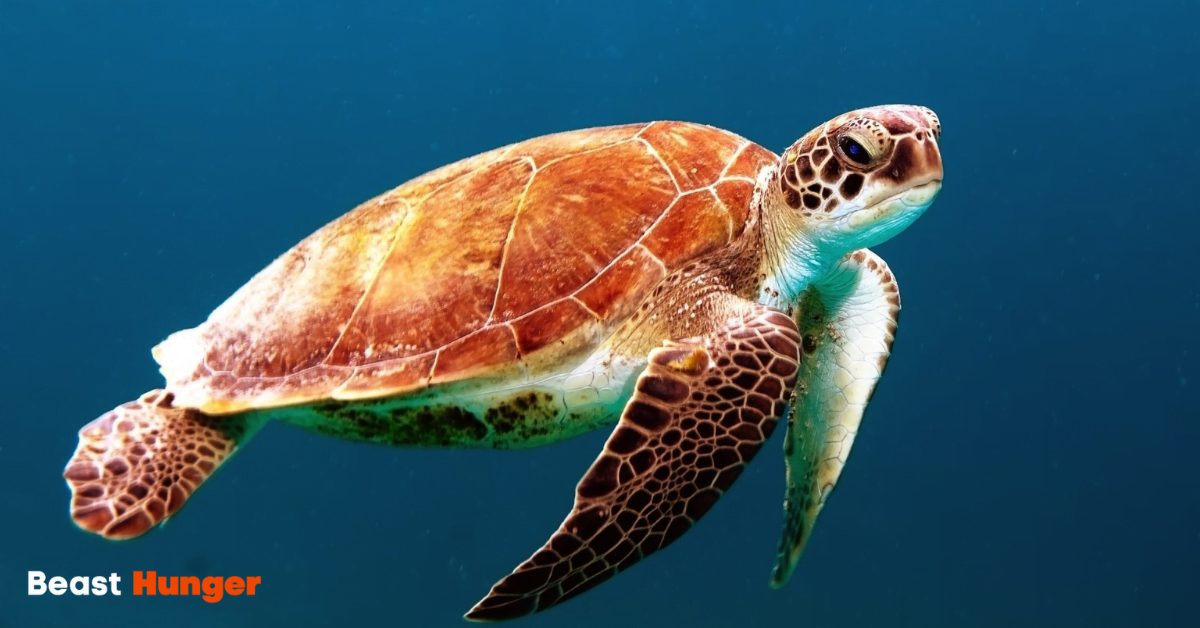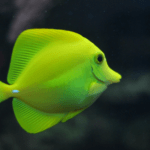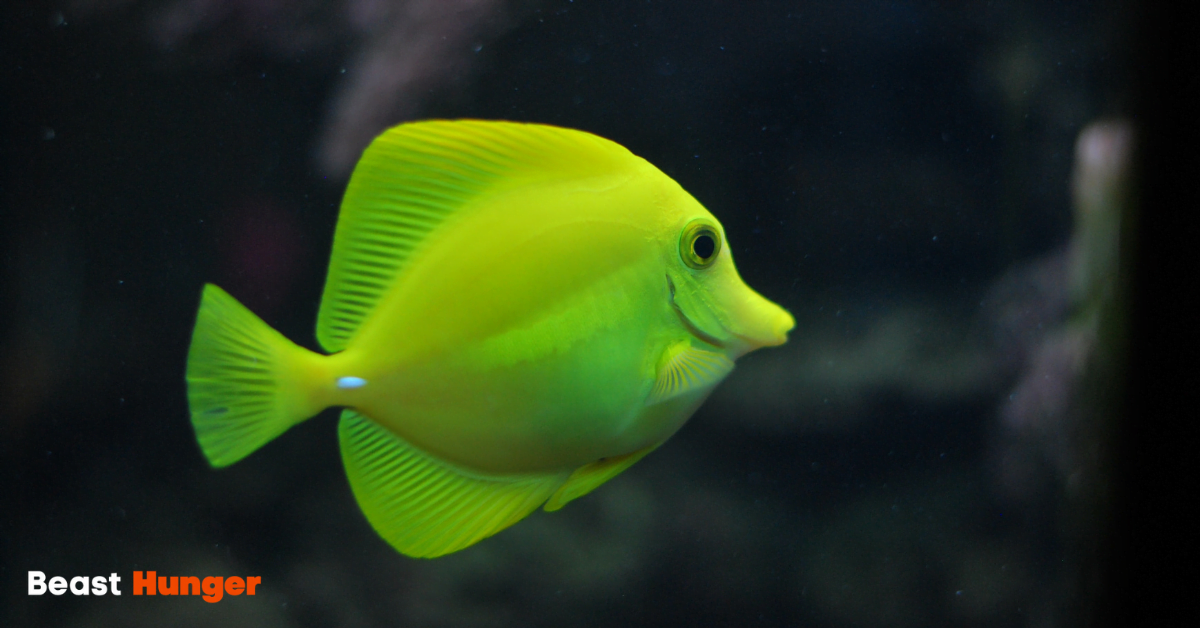The Open Ocean’s Drifters: Amazing Sea Creatures That Drift
The open ocean, far from the shores and coastlines, is a massive aquatic desert. Without plants to provide shelter and sustenance, marine animals that venture out into these blue expanses face the challenges of exposure and scarce food sources. Some species, however, have evolved ingenious adaptations that allow them to not just survive these conditions but thrive. These fascinating drifters drift with the currents, employing a host of survival strategies.
The Tiny Plants That Start the Food Chain
At the base of the open ocean food web are tiny photosynthesizing organisms called phytoplankton. Ranging in size from microscopic to small specks just visible to the naked eye, phytoplankton drift with the currents, harnessing the sun’s energy to convert dissolved nutrients in the water into biological matter. Though tiny, the abundance of phytoplankton supports some of the ocean’s most impressive creatures through the food chain.
Zooplankton: The Animal Drifters
There are two main types of zooplankton: tiny animal larvae forms of usually stationary or slow-moving creatures, and small fully developed animals. Examples of the former include the larvae of barnacles, urchins, snails, starfish, and crustaceans. These larval drifters spend their initial life stages adrift with the currents, feeding on phytoplankton and each other, eventually transforming into juveniles that settle in coastal zones.
Certain types of fish like catfish and eels lack scales and are considered unacceptable foods in some traditions. Fish without fins and scales were prohibited in ancient Jewish law as recorded in Leviticus.
The small fully formed drifters range from copepods, mollusks like pteropods, jellyfish, and comb jellies to shrimp-like krill and young fish. Together, they graze voraciously on the phytoplankton, in turn becoming vital prey for a variety of open ocean predators. Some zooplankton are limited drifters, beating tiny cilia or bodies to steer their movement against the currents. Most, however, entirely at the mercy of the currents.
Predators of the Pelagic Zone

A variety of large ocean creatures feast on plankton to gain the energy needed to battle the challenges of pelagic life. Some occupy surface waters, while others hunt prey in the ocean’s dark depths.
Surface Predators
Two main types of large predators patrol the sunlit surface waters – bony fishes and cartilaginous fishes.
Epipelagic bony fish species that drift with currents include lanternfish, pufferfish, pomfrets, driftfish, and the majestic ocean sunfish. Though they sometimes actively swim, they often passively float, waiting to ambush zooplankton or small fish prey.
Several species of open ocean cartilaginous fishes also inhabit the epipelagic zone, drifting with currents while hunting. These include the remarkable megamouth shark, basking shark, and globally distributed blue shark. The megamouth, one of the world’s least understood sharks, drifts vertically each day, following the movements of zooplankton.
Midwater Drifters
In the ocean’s twilight zone, from 200-1000m below the surface, swimming becomes inefficient. Instead, many midwater predators rely predominantly on drifting to conserve energy while hunting prey.
Hatchetfish employ brilliant camouflage to hide their silhouette while floating motionless, waiting to strike at passing zooplankton. Dragonfish also ambush prey, aided by bioluminescent lures on barbels protruding from their jaws. The numerous viperfish drift with jaws agape, huge curved fangs ready to impale.
The bizarre pelican eel takes drifting hunting even further, possessing a larger mouth than body. It keeps its flexible jaws permanently extended outwards as it drifts, the mouth acting like a net to catch all particles of food passing by.
Drifters of the Abyss
Even in the cold darkness of the ocean depths below 1000m, drifters manage to eke out an existence. Many abyssal predators don’t actively swim in search of sparse food sources but rather sink down and drift just above the seafloor, conserving energy. These strategies allow creatures like the deep sea grenadier fish and the ominous black swallower to survive in this extreme environment as they wait for prey, like dead zooplankton in various stages of decomposition, to drift down to them from above.
Aimless Wanderers
While most open ocean drifters rely on currents to remain within zones abundant in plankton, some creatures have no control whatsoever over their movements. While they occasionally exhibit limited swimming ability, these drifters essentially wander the oceans aimlessly at the behest of the currents. Species include sea gooseberries like the bizarre deep sea jellyfish Deepstaria, the sea walnut Mnemiopsis, and the predatory drifting comb jelly known as the sea wasp.
The Fascinating Secret Lives of Ocean Wanderers
From tiny plankton to the great basking shark and deep sea predators like viperfish, the ocean’s diverse array of drifters manage to carve out amazing secret lives in the blue expanses of the open seas. Their variety of ingenious adaptations provide them refuge from predators and access to precious nutrients. Together these drifters fill vital ecological roles, helping sustain ocean food chains from shallow sunlit waters to the blackest depths. By revealing the astounding survival abilities of pelagic species, these fascinating creatures that endlessly wander the open oceans continue to unlock secrets of sea life.






